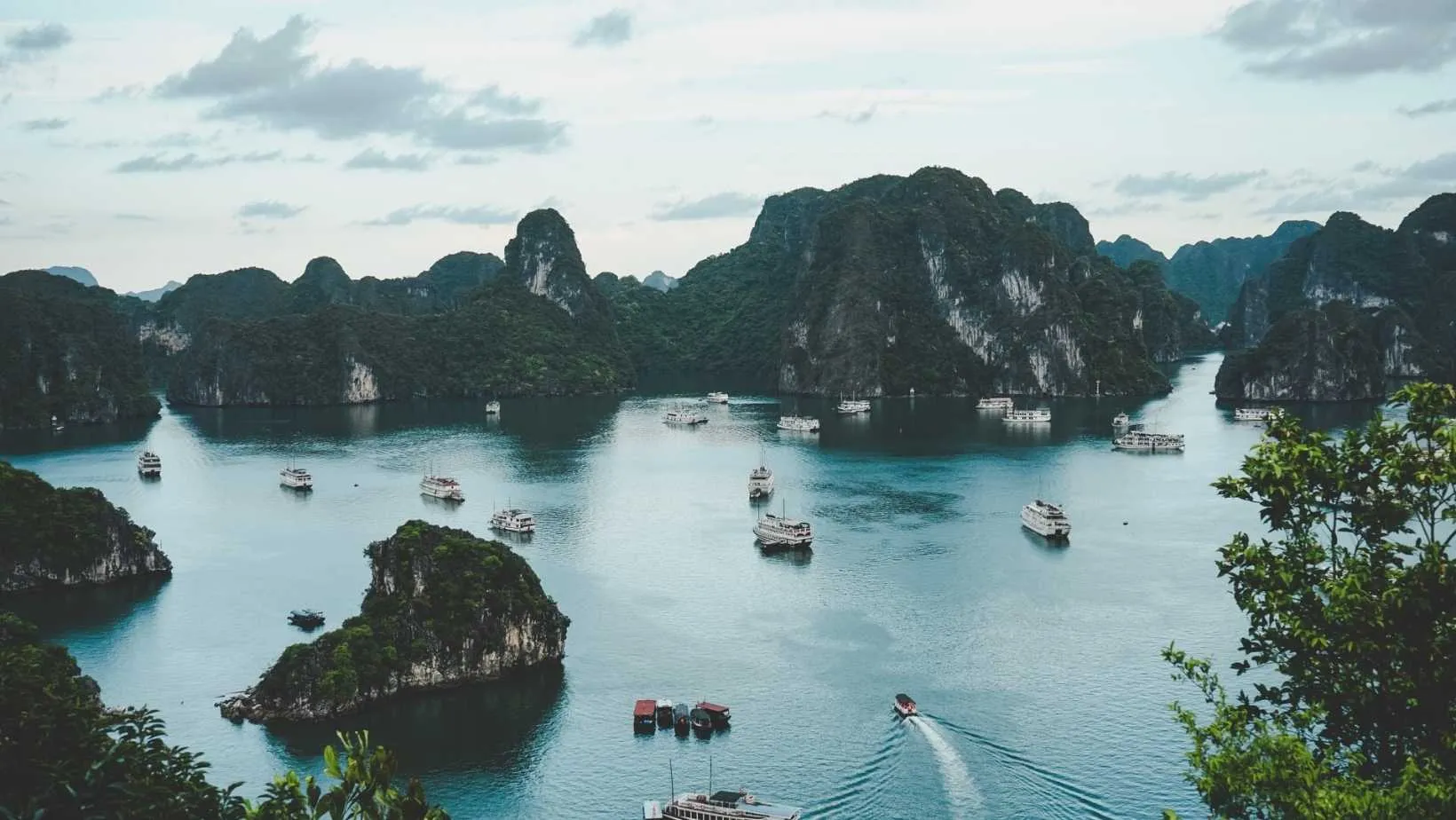When is the best time to visit Vietnam?
Last Updated On December 02, 2022
Last Updated On December 02, 2022
Between November and April is the best time to visit Vietnam. At this time of year, the country receives the least quantity of rain. The year is divided into two seasons. It's hot from May to October, yet the high humidity causes a lot of rain.

Photo by Ammie Ngo on Unsplash
From November through April, the temperature cools down and becomes significantly drier. Temperatures in most locations can drop as low as 10°C in December and January.
The summer season in Central Vietnam lasts from January until the end of August. The weather is hot and dry, with temperatures ranging from 21°C to 35°C. Between September and December, the weather is wetter, although the temperatures remain mild.
The hot and dry season in Southern Vietnam begins in November and lasts until the end of April, with temperatures frequently topping 30°C. Rain happens between May and October, although the weather remains pleasant, with temperatures ranging from 25°C to 32°C.
Northern Vietnam is truly unique and diverse. For many, Hanoi is their first stop in the country and their first taste of Vietnam. A true blend of old and new, formerly serving as a communist base during the Vietnam War and today teeming with millions of mopeds, all packed into the old communist-era building limits.
The best time to visit Northern Vietnam is between November and March. It will be a pleasure to roam around the city, investigating its maze of small roads and side businesses, provided it is relatively warm and dry. Halong Bay is truly a national treasure. Catching it on a clear day can make or break your experience, memories, and vacation snaps.
Ho Chi Minh City and the surrounding Cu Chi district, famed for the events of the Vietnam War, are the country's ever-expanding capitalist heartbeats. The driest months in Southern Vietnam are January through April, but that shouldn't deter you from visiting the city, in my opinion.
Experiencing the massive Mekong Delta is a highlight not only of Southern Vietnam but of Indochina. A night or two on a traditional Bassac boat is a great way to experience native life along the Mekong's banks, with chances to continue cruising up into Cambodia. The level of water is critical for this experience. Although the cruises run annually, the activities and routing will alter depending on the water level. Low water levels occur between January and mid-September, and high water levels occur between mid-September and December.
From mid-January to late August, temperatures in Hoi An, Hue, and Danang in central Vietnam are hot and dry, with highs in the mid-30s °C. During the winter months, rainfall increases, with October and November reaching record highs, often in the form of typhoons.
Hue is frequently cooler than Hoi An, particularly early in the year. Furthermore, the weather might vary dramatically between the two on any given day because they are on different sides of a short mountain range.
Quy Nhon is six hours south of Hoi An and has a similar weather pattern. However, the dry season lasts a little longer because of its proximity to the southern system.
In the far south of Central Vietnam, Nha Trang has a longer dry season (usually January to September), with high temperatures and minimal rain. The rainy season lasts from October until early December, with October and November receiving about half of the yearly rainfall.
Dalat, located in the central highlands, is damp from June to October, making outdoor activities difficult. It is much drier from November to May, albeit cold in December and January.